The world’s most significant direct air capture (DAC) plant has been operating in Iceland. It is called Mammoth and was built by Climeworks, a Swiss startup that launched the first commercial DAC-based facility, Orca, on the same island in 2021. The significance of the latest addition lies in its size, as when fully operational, it will have the capacity to capture up to 36,000 tonnes of CO₂ per year, ten times more than its predecessor. Scheduled to begin construction in June 2022 and be completed by the end of the year, the plant features a modular design, with 12 carbon capture containers currently installed on site. Stackable and easy to move, the containers have been placed at a height of 10 metres and will increase to 72 over time.
Climeworks planned to transport the carbon underground, where it would react with the basalt rock it encountered along the way, turning into stone and remaining permanently stored. The plant would use renewable energy to power the direct air capture process, which requires low-temperature heat. To bring the carbon underground, Climeworks has partnered with Icelandic company Carbfix, while ON Power supplied the energy to run the plant.
Mammoth is a starting point
The commissioning of Mammoth is further evidence of Climeworks’ ascent to megaton capacity by 2030 and gigaton capacity by 2050. It is an example of our continued investment in R&D to optimise our technology further and gain maturity through field experience,’ said Jan Wurzbacher, co-founder and co-CEO of Climeworks. As a key player in opening up a new frontier, Climeworks has seven years of experience and, in the case of Mammoth, 180 scientific experts who will be involved in testing to improve performance and efficiency and maximise carbon capture throughout the year.
Direct air capture, which involves sucking in air and extracting carbon using chemicals, is a recently developed technology that is gaining acceptance because of the need to find effective remedies to the rising levels of carbon dioxide in the atmosphere that are causing the planet’s temperature to rise. With global warming threatening the future, there is a need to reduce the carbon footprint and any system capable of doing so offers hope of reversing course.

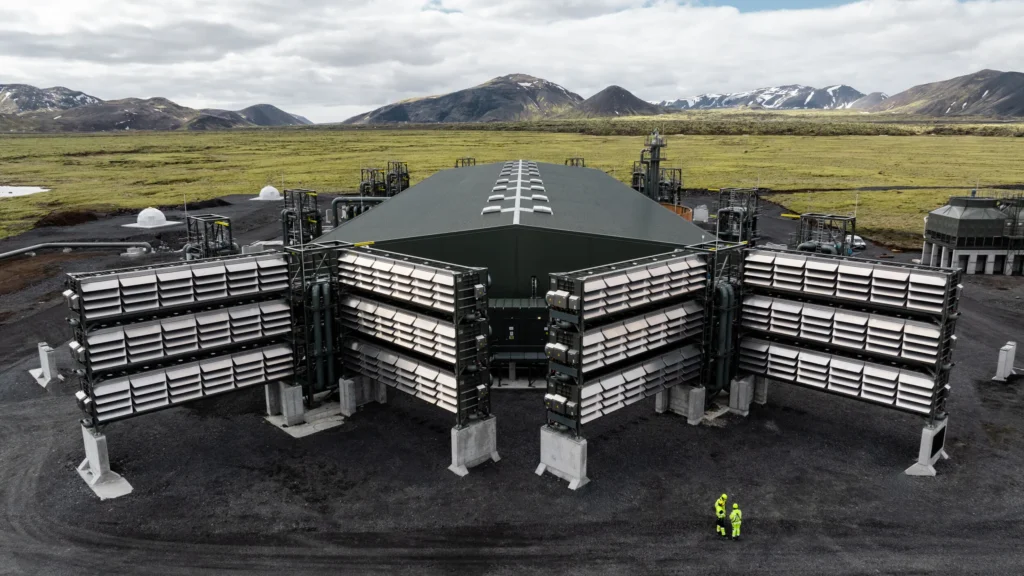
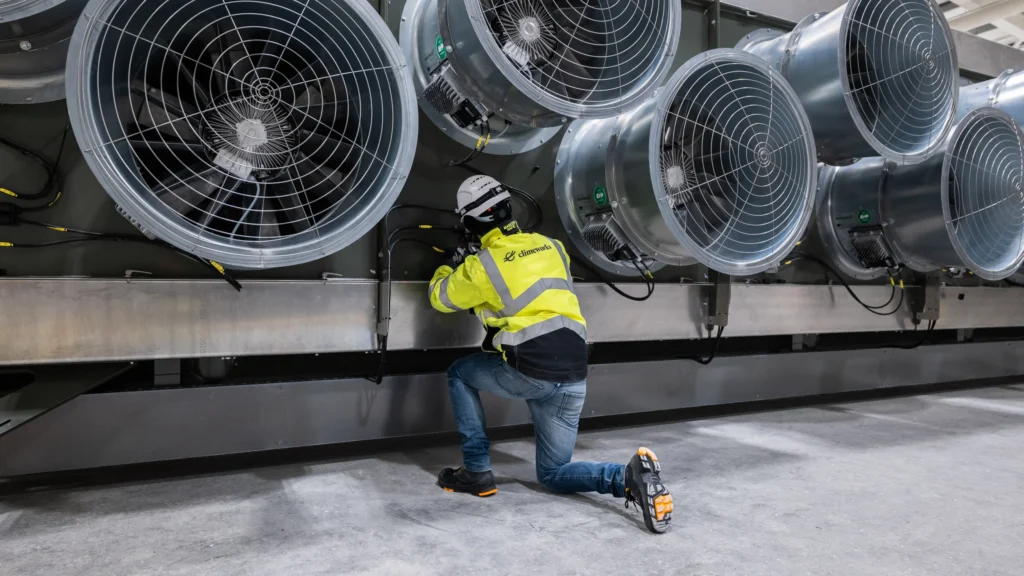
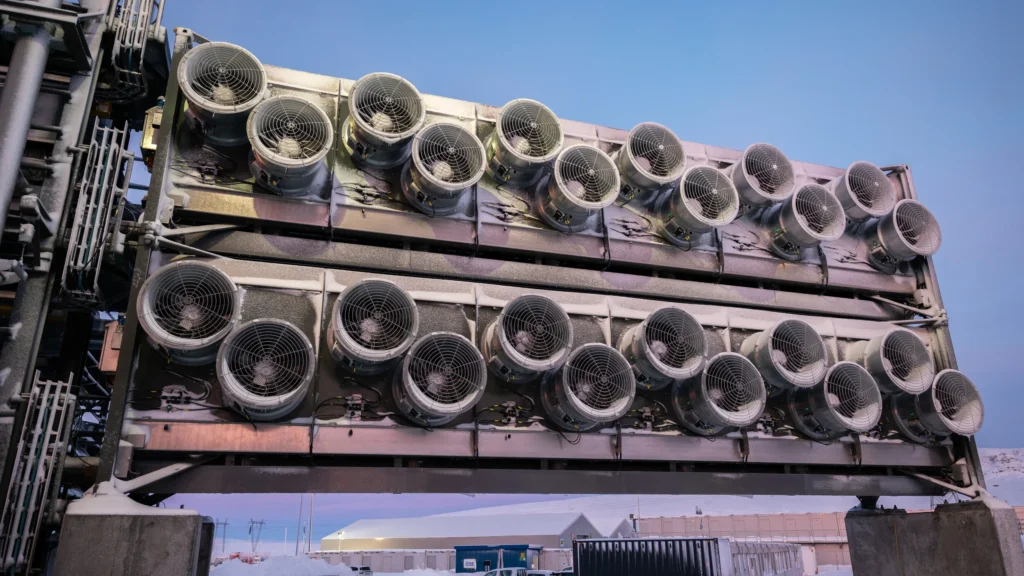
The limits of direct air capture
However, there is no total confidence in DAC, a solution that has been criticised for its high cost. Several experts point to the environmental risks and uncertainties of the results. The first is the cost of each tonne of carbon removed, which, according to Climeworks, is close to $1,000, far from the $100 threshold that is seen as the basis for large-scale deployment of the technology. Wurzbacher’s stated goal is to get to $300 per tonne by 2030 and $100 by 2050. It will take time and patience, in the knowledge that Mammut’s action is just a drop in the ocean.
After all, it has been calculated that currently, all active carbon removal systems on a global scale can remove 0.01 million tonnes per year. However the share needed to meet the global climate targets set by the International Energy Agency is 70 million tonnes per year. The imbalance between the numbers and the lack of effective solutions to close the gap is all too apparent.


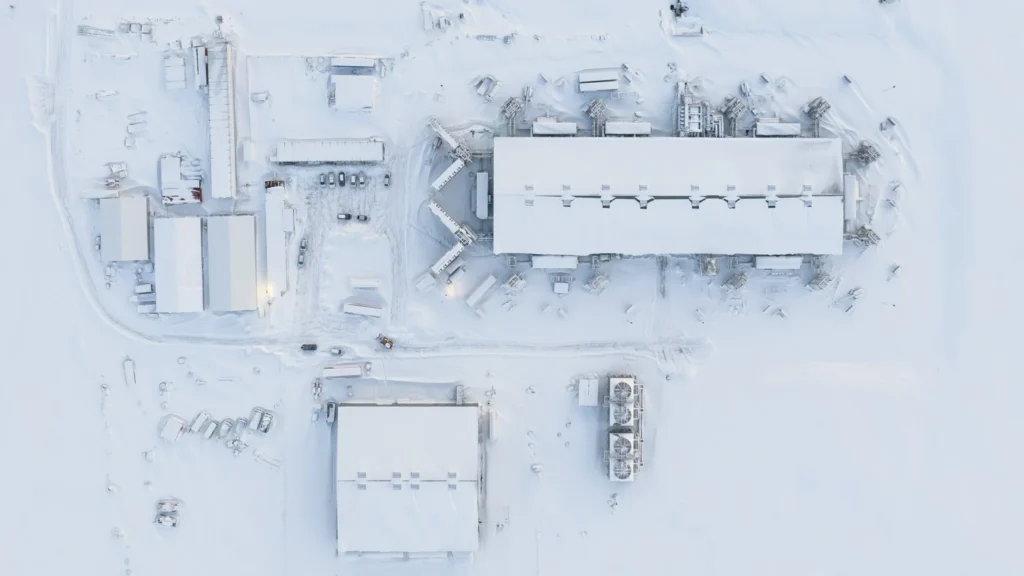
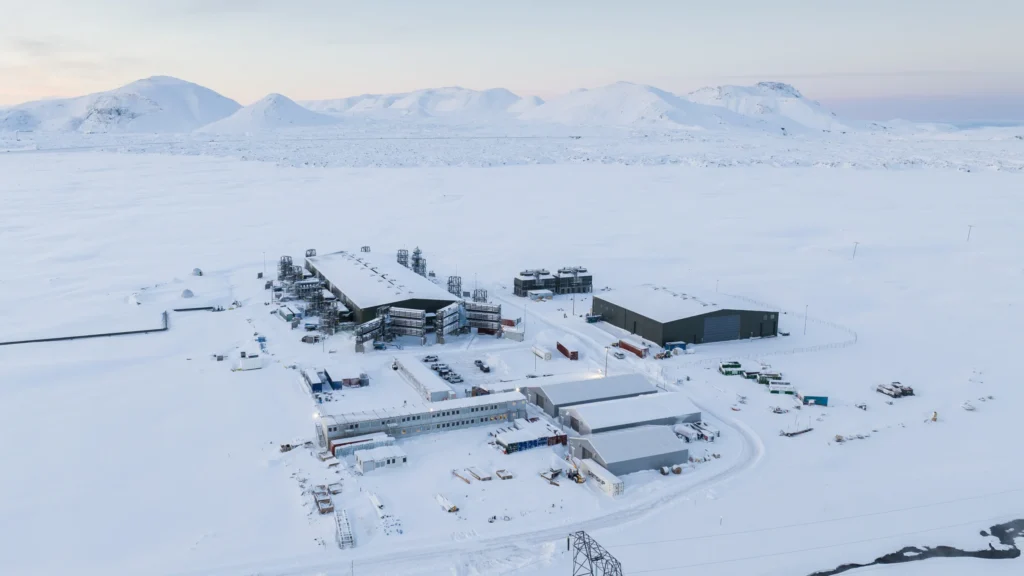
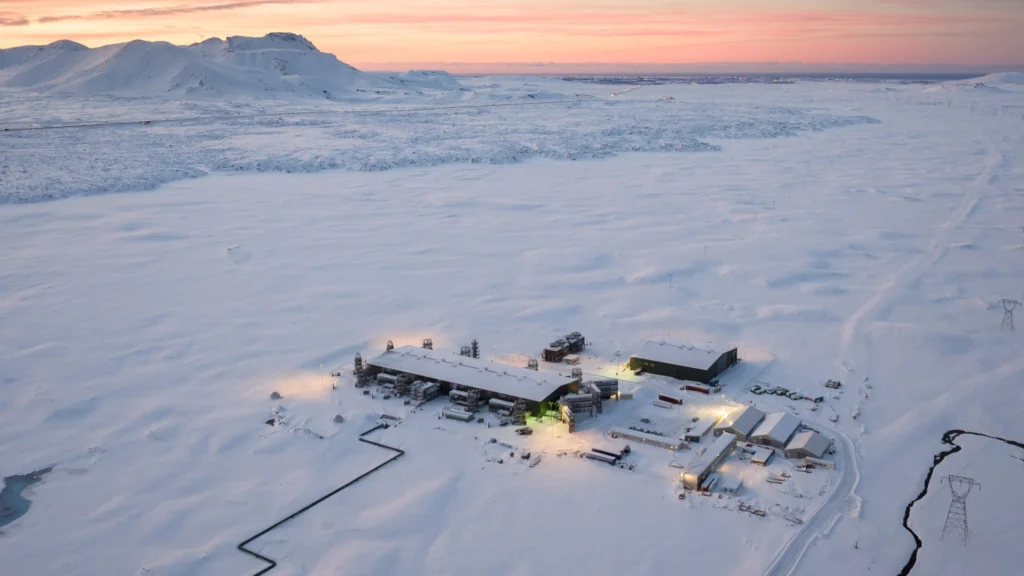
The need for effective large-scale systems
In the absence of reliable alternatives, DAC plants are proliferating around the world, so much so that there are plans to build plants with higher capacities than Mammoth. One of the most important is Stratos, which Occidental is building in Texas to remove 500,000 tonnes of carbon annually. Again, the captured carbon will be sent underground, but Occidental aims to use it to get at the oil in the hardest-to-reach areas of ageing oil fields. So, instead of using DAC to reduce fossil fuels, it is being used to further increase their production. This is another reason why finding effective and widely applicable solutions to combat carbon in the environment is important.



